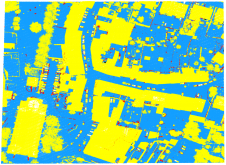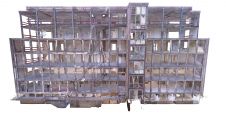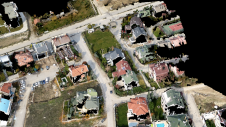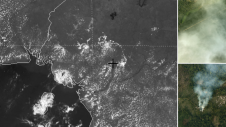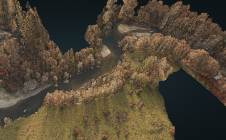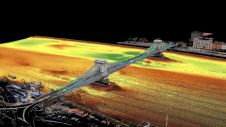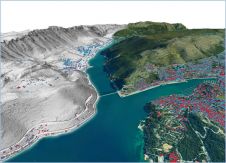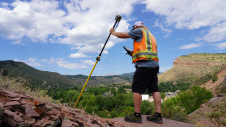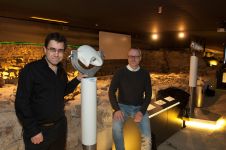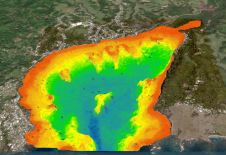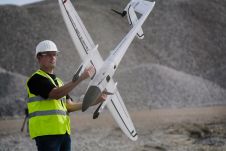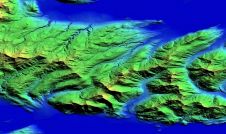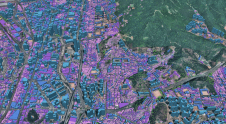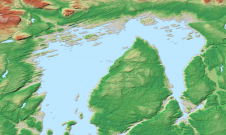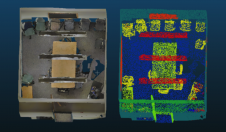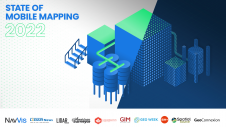Thinking Outside the Box - INSPIRE 2017
Starting with two days of workshops in Kehl, Germany, on 4 September 2017, the INSPIRE conference 2017 concluded with three days of conferences and sessions in Strasbourg, France, on Friday 8 September 2017. This international setting emphasised the invitation to the delegates to look beyond the box in order to work towards implementation of the European Spatial Data Infrastructure in 2020. At least, the ‘cross-border’ aspect of the conference was highlighted during these days.
这就是“跨境”给出了形状与欧元opean countries and regions working together – and building a dialogue between each other. An international community was thinking of exchanging data between countries and even within an office using the same standards; how to map statistical data or how to visualise environmental aspects on a map. The experts in the opening plenary session on Wednesday 6 September were clear: “Geospatial data are essential. Wherever you look you have geospatial data. They should be available for people and travel across Europe”, according to Roberto Viola, Director General of DG Environment. He added that there are some barriers and that the processing power is too reduced. There are no European supercomputers in the top-10 of computers in the world, which made him worry.
The availability also was a concern to Daniel Calleja, director general of the DG Environment, European Commission. He explained that delays in the implementation of the European Geospatial Data Infrastructure can cost up to 150 billion euros. This is due to differences in standards and legistation between countries. He was convinced INSPIRE could contribute.
Culture and Territories
On Thursday, the thematic plenary discussed on the regions chaired by Martin Lenk. Knowing about more aspects of the territories are essential to succeed. Language, budgets are considerations for cross-border projects. However, he also asked the group to be aware of the expectations – what should be achieved after 10 years of INSPIRE?
What can be done in the future? It certainly is a lot, according to Chair Allessandro Annoni. It’s about how citizens can improve decision making. To emphasise this, during the plenary session there were presentations on data insights, statistics and how BMW is working with geospatial data.
Interaction and Exhibition
The delegates gathered during workshops discussing a wide range of topics and training where an interactive setting invited the participants to contribute and exchange knowledge. Case studies and benefits were shared with the audience. In the foyer of the conference centre of Strasbourg, mainly during the lunches, exhibitors were available for further information and orientation to solve questions that may arise implementing the European geospatial data infrastructure on a local or regional level. Doing so, all delegates should have gone home with questions answered, new contacts made or even more challenges to take on.
This article was published in GIS Professional October 2017
Make your inbox more interesting.Add some geo.
Keep abreast of news, developments and technological advancement in the geomatics industry.
Sign up for free

